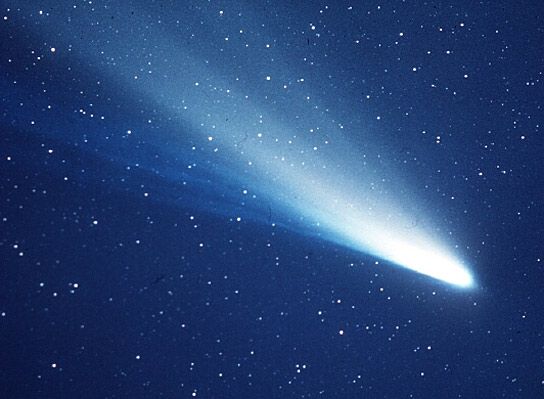A Celestial Display of Cosmic Ice and Dust Known as a Comet – In the vast canvas of the night sky, comets emerge as captivating celestial travelers that have ignited the human imagination for centuries. These luminous and enigmatic bodies have fascinated astronomers and stargazers alike, sparking awe and wonder.
This article takes you on an enlightening journey through the realm of comets, uncovering their essence, varieties, nomenclature, and cosmic origins. gameslot
What is a Comet?
A comet is a cosmic spectacle that comprises a nucleus of ice and dust that orbits the Sun. As a comet approaches the Sun during its elliptical journey, it experiences a transformation that mesmerizes observers on Earth. https://www.mustangcontracting.com/

The solar heat causes the ice in the nucleus to vaporize, creating a glowing coma (a cloud of gas and dust) around the nucleus. Additionally, the Sun’s radiation and solar wind push the coma’s particles away, forming the iconic tail that points away from the Sun.
Types of Comets and Their Characteristics
There are two primary types of comets: short-period comets and long-period comets. Short-period comets have orbits that take less than 200 years to complete, often originating from the Kuiper Belt, a region beyond Neptune.
Long-period comets, on the other hand, have orbits that can take hundreds or even thousands of years to complete, and they often come from the distant Oort Cloud, a hypothetical cloud of icy objects surrounding the solar system.
The Nomenclature: Why are They Called Comets?
The term “comet” finds its roots in ancient languages. It is derived from the Latin word “cometa,” which itself is a transliteration of the Greek word “kometes,” meaning “long-haired.” This moniker is attributed to the bright and flowing tails that comets often display as they approach the Sun. These tails, composed of gas and dust, create a mesmerizing, luminous appearance that stretches across the night sky.
Origins of Comets: Birthplaces Beyond the Horizon
Comets hail from two primary birthplaces: the Kuiper Belt and the Oort Cloud. The Kuiper Belt, located beyond Neptune’s orbit, is home to icy bodies that occasionally become short-period comets when perturbed by gravitational interactions.
The Oort Cloud, much farther from the Sun, is a hypothetical region filled with icy bodies that become long-period comets when nudged into the inner solar system by the gravitational influence of nearby stars.
Conclusion: Glimpsing the Cosmic Wanderers
Comets, with their radiant tails and unpredictable appearances, remind us of the boundless mysteries the universe holds. These cosmic wanderers are exquisite remnants from the formation of the solar system, offering us a chance to witness the beauty of celestial ballet.
As they traverse their elliptical paths, comets not only captivate our senses but also provide valuable insights into the composition and history of our cosmic neighborhood.

